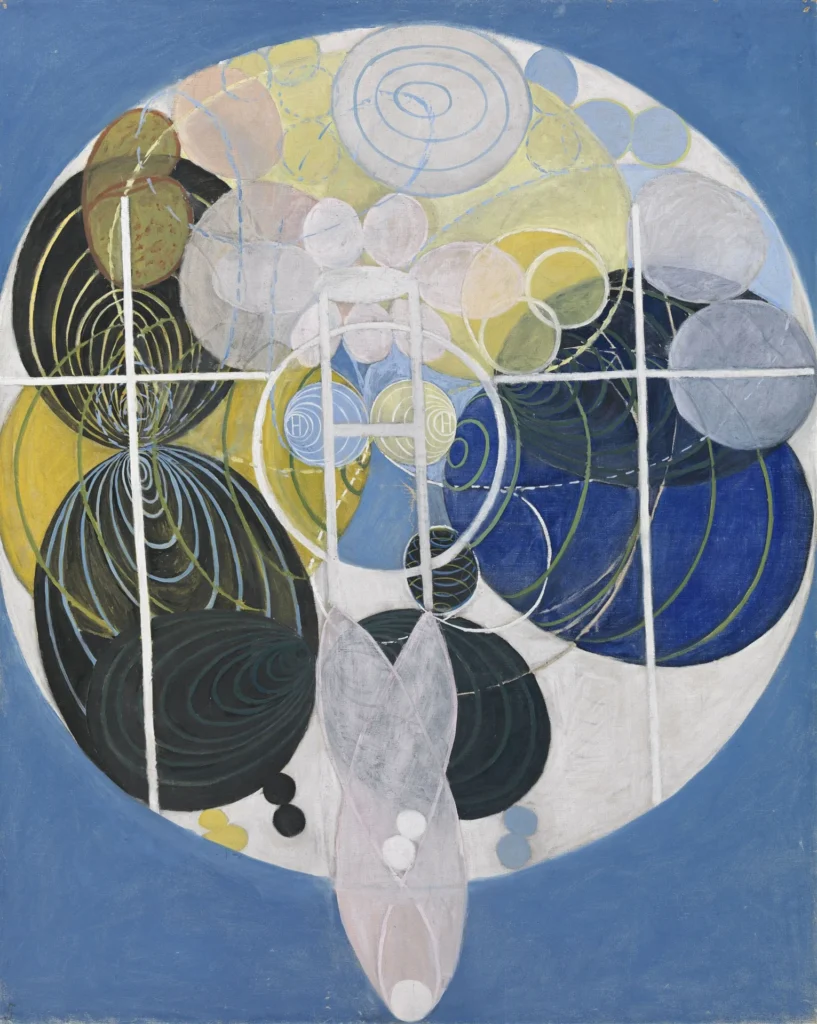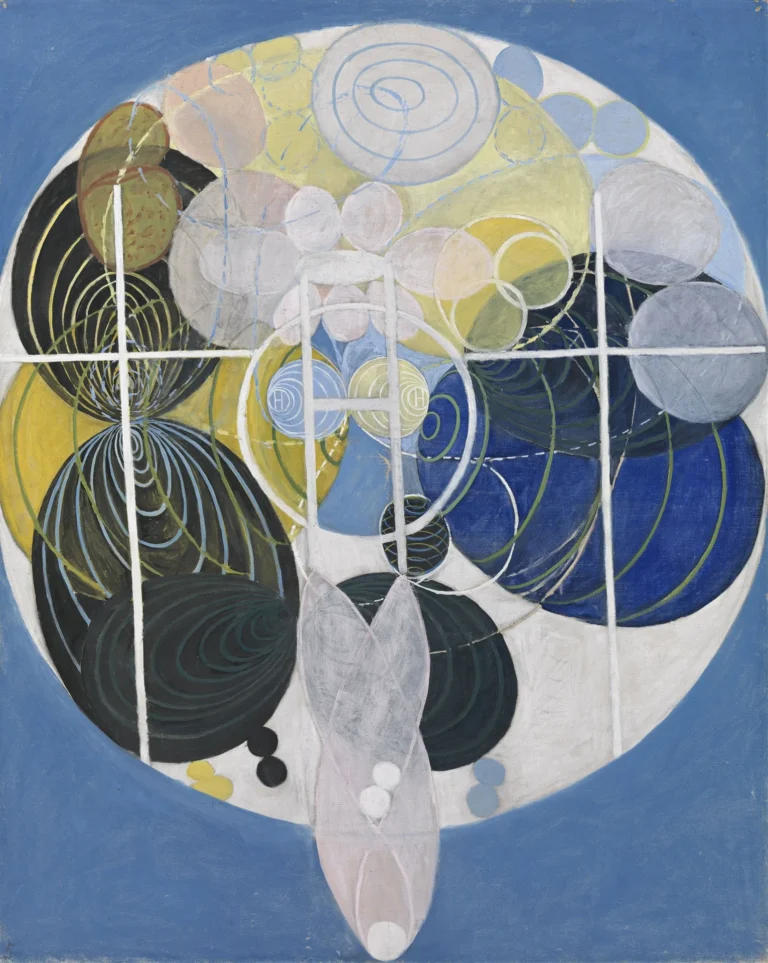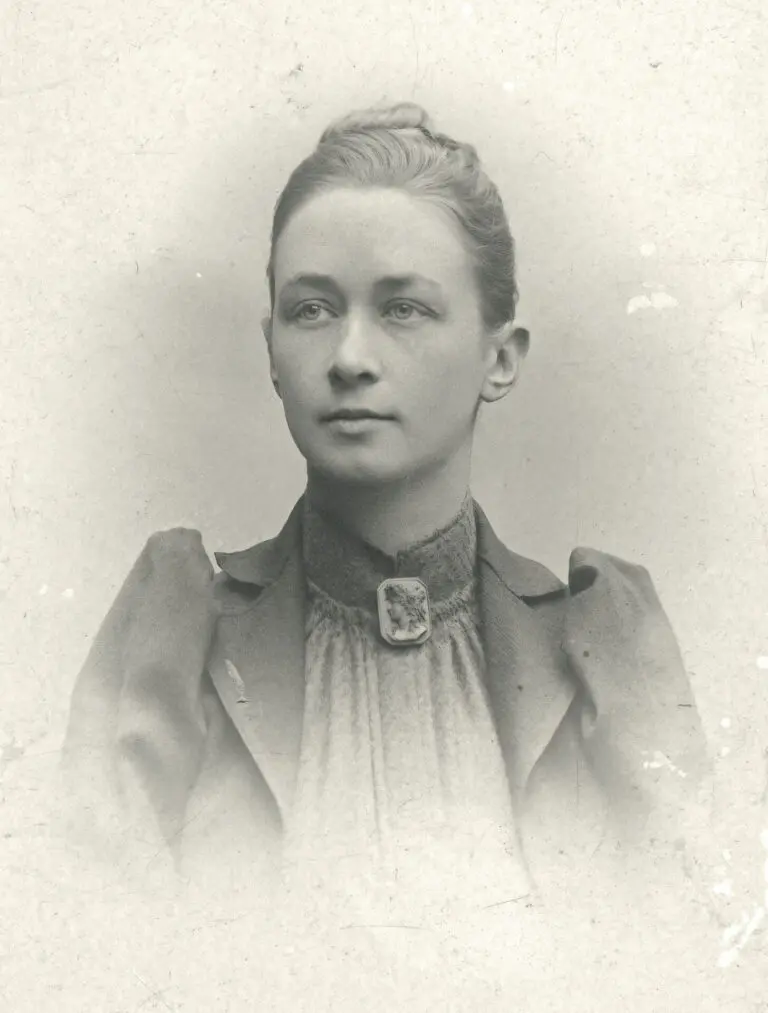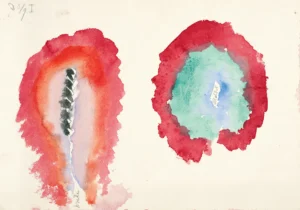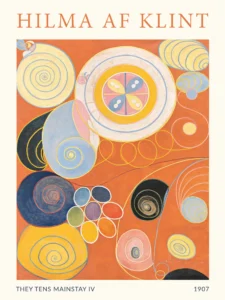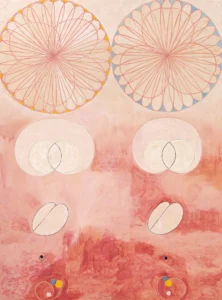The Large Figure Paintings, No. 5 Group 3 (1907)
Hilma af Klint's 'The Large Figure Paintings, No. 5' is a striking piece from her influential series 'The Ten Largest' created in 1907. This artwork reflects the four essential stages of life—childhood, youth, adulthood, and old age—through vibrant colors and geometric forms. Af Klint's spiritual beliefs and fascination with the occult infuse the painting with deep meaning, showcasing her avant-garde approach to abstraction long before it gained prominence. The work represents a significant moment in art history, as it laid the groundwork for future movements.
1907
About the Artwork
Did You Know
Liked what you see? Add it to your collection.
Enjoyed reading? Share it.
... continued
Series Context
'The Ten Largest' is a subset of af Klint's larger body of work, 'The Paintings for the Temple,' which she produced between 1906 and 1915. This series is characterized by its large scale and vibrant, abstract depictions.
Themes and Symbolism
The paintings in 'The Ten Largest' series are an abstract representation of the four stages of life: childhood, youth, adulthood, and old age. Each painting in the series, including 'The Large Figure Paintings, No. 5,' features geometric and fluid forms that reflect af Klint's spiritual and philosophical beliefs. These works often incorporate symbols and motifs inspired by her interests in science, religion, and the occult.
Medium and Size
The original medium of these paintings is tempera on paper, mounted on canvas. 'The Ten Largest' paintings are notably large, with dimensions such as 126 3/8 x 94 1/2 inches for 'Youth' (No. 3), which is indicative of the scale of the entire series.
Spiritual and Artistic Influence
Af Klint's work was influenced by her spiritual practices, including séances and communication with what she believed to be spirits. Her mentor, Rudolf Steiner, an anthroposophist, also had a significant impact on her artistic style and the symbolic content of her paintings.
Public Exhibition
Despite being created in the early 20th century, af Klint's abstract works, including 'The Ten Largest,' were not publicly exhibited until 1986, long after her death. She had stipulated that her abstract work should remain private for 20 years after her death, fearing it would not be understood by her contemporaries.




